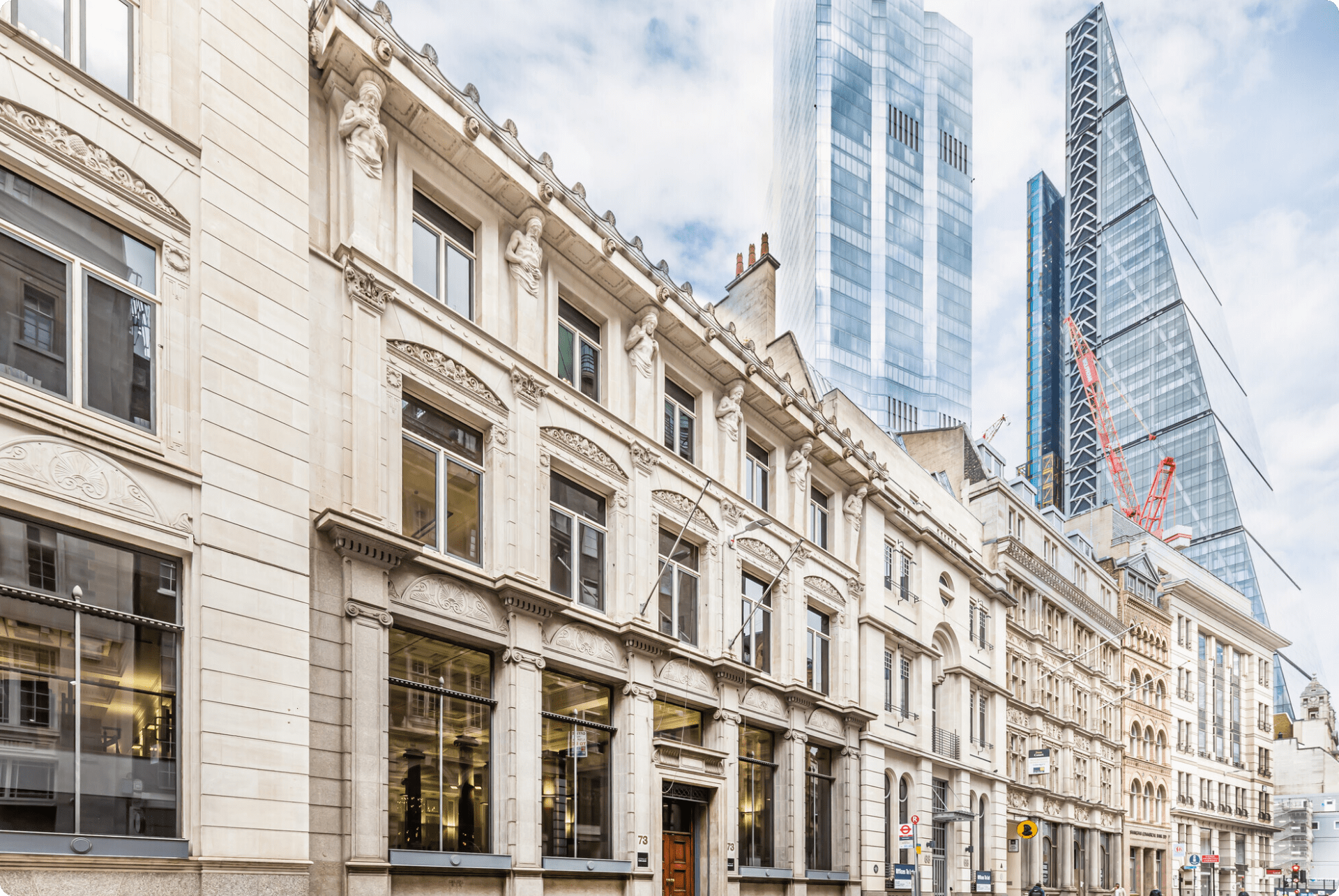Which VAT scheme is right for you?
If you’re registering your business for VAT, you may want to consider the benefits of joining a VAT scheme. VAT schemes can offer a simplified approach to calculating and reporting VAT. In the UK, there are several VAT schemes to choose from. Each has its own eligibility criteria and rules for calculating and reporting VAT.
But which VAT scheme is right for you? In this article, we share what you need to consider, so you can choose the right VAT scheme for your business.
The different types of VAT schemes
There are several different types of VAT schemes in the UK. The one you join will determine how you calculate VAT and how often you file your VAT return with HMRC.
Standard VAT accounting
This involves recording VAT on purchases and sales based on the date of the invoice and not the actual payment date. This means you must pay the VAT to HMRC on your sales invoices, even if your customer hasn’t paid you yet. If your customers usually pay on time or you receive instant payments via online or shop sales, then this shouldn’t be an issue. Standard VAT Accounting requires businesses to submit VAT returns four times a year. They must also pay any VAT owing (or receive refunds) every quarter. Businesses in a regular repayment position may wish to submit monthly returns.
VAT Flat Rate Scheme
This scheme is one of the easiest to get to grips with and has less paperwork than the others. It’s designed for small businesses with an annual turnover of under £150,000, excluding VAT. The VAT you pay is a percentage of your gross turnover based on your trade sector. As you pay a flat rate, you can keep the difference if you receive more VAT than you pay. But this also means you cannot reclaim the VAT you’ve paid on purchases. However, there are a few exceptions. If you join the Flat Rate Scheme within the first year of VAT-registering your business, you can enjoy a 1% flat rate discount.
In our experience, the potential benefit of utilisng the Flat Rate Scheme has been minimised since the introduction of the limited costs trader test. If a limited costs trader, your flat rate percentage is 16.5% of VAT inclusive turnover.
VAT Annual Accounting Scheme
The VAT Annual Accounting Scheme allows you to make advance payments for nine monthly instalments or three payments every quarter. You then submit one VAT return at the end of the 12 months. If you’ve paid too much VAT, you can request a refund, but only once a year. Businesses can join this scheme if their taxable turnover is £1.35 million or less. You can only stay on the scheme while your turnover is under £1.6 million.
VAT Cash Accounting Scheme
With this scheme, the transactions on the VAT return are based on the payment date, not the invoice date. You only have to pay VAT once your customer has paid you. But this also means you can only claim a VAT refund on purchases after you’ve paid your suppliers. Maintaining up-to-date VAT records with the actual payment and invoice dates is crucial. To be eligible to join, your business must have a turnover of around £1.35 million or less. You can only stay on the scheme if your turnover is under £1.6 million.
VAT Margin Scheme
The VAT Margin Scheme is for businesses selling second-hand goods such as antiques or collectables. Rather than taxing the full selling price, the scheme taxes the difference between what you’ve paid for an item and what you sold it for. To make use of this scheme, you must maintain detailed records of the goods you record on your VAT return, including invoices and a stock record.
VAT Retail Schemes
There are also three types of VAT Retail Schemes for businesses that sell goods. These schemes make it easier to calculate how much VAT you must record.
- Point of Sale Scheme: the business records the VAT at the point of sale, typically via the cash register. The VAT for all sales is then added up and the total amount is reported to HMRC.
- Appointment Scheme: designed for businesses that buy goods for resale. You must calculate the total value of the goods purchased for reselling, divide this by the appropriate VAT rate and multiply by the total sales.
- Direct Calculation Scheme: used by businesses that make a small number of sales using one VAT rate and most of its sales using another rate. Your turnover must not exceed £1 million a year (excluding VAT) to qualify.
Which VAT scheme is right for me?
Picking the right VAT scheme is essential for your business’s cash flow and overall efficiency. Here’s an overview of the main VAT schemes:
| VAT Scheme | Advantages | Disadvantages | Best for |
| Standard VAT Accounting |
|
|
Businesses that charge and reclaim large amounts of VAT and enjoy good cash flow. For many businesses this is the only option. |
| Flat Rate Scheme |
|
|
Small businesses with a turnover of under £150,000 (excluding VAT) that want to reduce admin obligations incur limited VAT on expenditure, such as consultants etc. |
| Cash Accounting Scheme |
|
|
Businesses experiencing issues with cash flow or whose customers take longer to pay. |
| Annual Accounting Scheme |
|
|
Businesses with steady cash flow want to simplify their accounting and avoid monthly or quarterly VAT returns. |
| VAT Margin Scheme |
|
|
Businesses buying and selling second-hand goods. |
FAQs
Here are some frequently asked questions about VAT schemes:
Can I switch from one VAT scheme to another if my business circumstances change?
Switching VAT schemes is possible if there are changes to your business. However, you must ensure you meet the eligibility criteria for the new scheme.
In addition, it is possible to make use of more than one scheme. For example, it is possible to use both the Flat Rate and Annual Accounting scheme.
How do I change my VAT scheme?
Some changes require notification to HMRC, others do not, meaning you should check before making any changes to your VAT accounting practices. To ensure a smooth transition to the new scheme, it’s generally best to apply to change your VAT scheme at the end of the VAT accounting period.
Can you claim VAT back on the Flat Rate Scheme?
You cannot claim VAT back on most purchases under the Flat Rate Scheme. However, there is an exception for capital assets, including VAT, costing over £2,000. Speak to your accountant for more information.
Can you claim VAT on the Margin Scheme?
You cannot reclaim VAT on the purchase of goods you intend to sell under the Margin Scheme. However, you can reclaim VAT on business overheads and other expenses not directly related to the goods sold under the scheme.
Choosing the right VAT scheme is essential for managing cash flow and simplifying tax reporting. Our team of VAT experts at Gerard Edelman are on hand to guide your business through VAT registration and help identify the most beneficial VAT scheme for your needs. Contact us today or find out more about VAT services.

Let’s get started
Contact page
Contact Us





